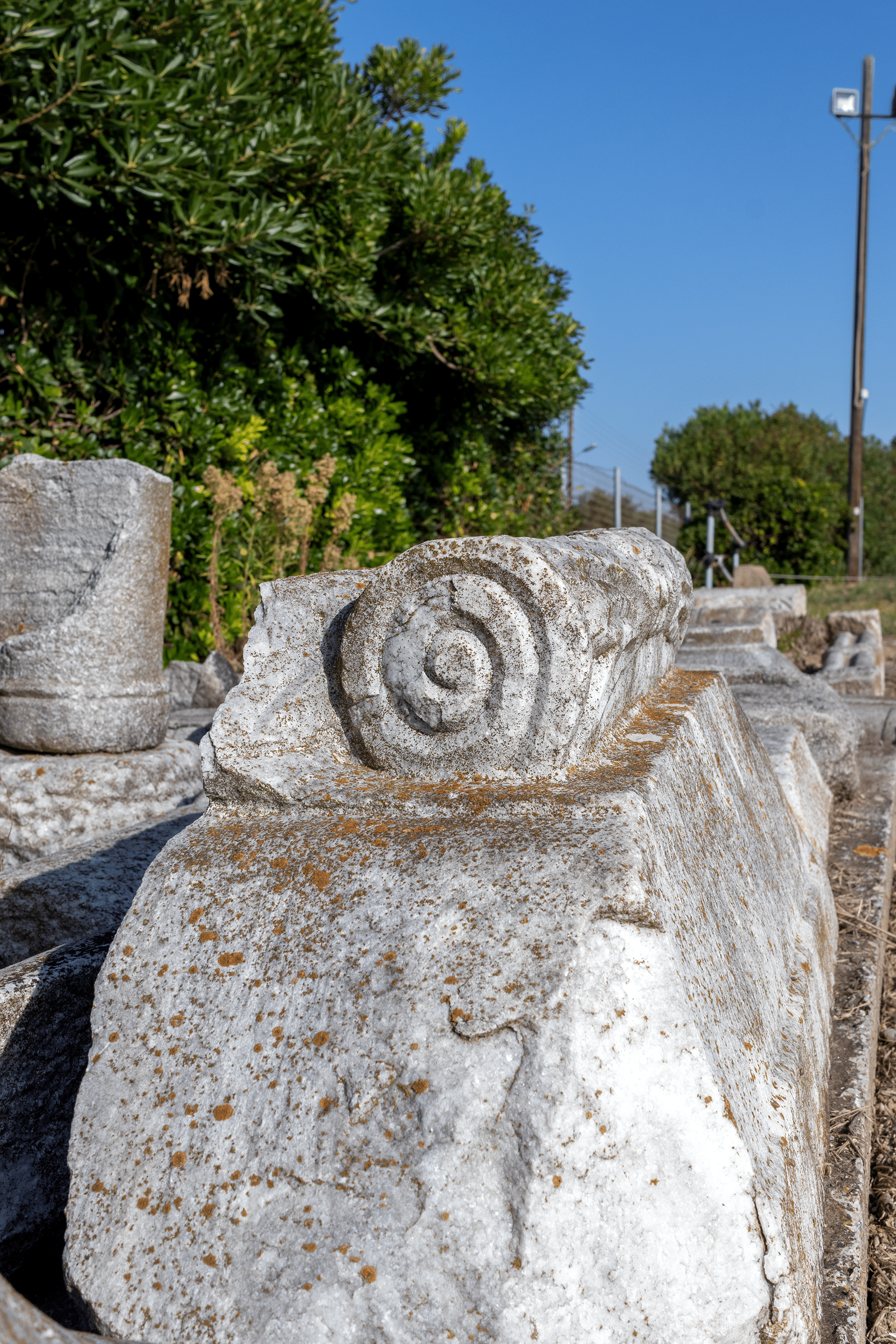Ancient Pydna in Pieria Region: A Journey of Discovery

Have you heard of Ancient Pydna in Pieria region? It’s an amazing place that has been around for centuries and is full of rich history. The city, was originally known as Kydna. It prospered throughout the Iron Age and the Archaic Period until the time of the Roman Empire.
Today, it’s one of the most important Archaeological Sites in the Pieria region and is situated on the Aegean Sea, providing a breathtaking view for you.

It is super easy to get to! You can easily find it by driving 15 km NE from Katerini or 28 km NE from Dion . Get Directions here: Archaeological Site of Ancient Pydna
It’s also a good place to check out if you’re looking for the ruins of the Bishop’s Seat, which you can find 2.5km NE from the village of Makrygialos or 2km south from the fort-like Louloudie’s.
Why is Ancient Pydna in Pieria region worth visiting?
There’s so much to see and explore here, from the remains of the ancient Polis from the Classical, Hellenistic, and possibly pre-Greek period, to the fascinating Byzantine buildings that are partially built on top of the ancient ruins.
If you are interested in Greek History, you will love learning about The Byzantine Pydna’s Excavations and Ancient Pydna’s past which dates back to the Late Copper Age and prospered throughout the Iron Age and the Archaic Period until the time of the Roman Empire.
Discover more: 5 Reasons Why Fall is the best time to visit Pieria region!
Excavations in The Site of Ancient Pydna!
There’s huge necropolis in and around Pydna. Can you believe that there are over 3000 graves in the northern necropolis only, dating back to the late Bronze Age around 1400 BC? They have done a ton of excavations in the pits and found some pretty cool stuff, most of which is now in the Thessaloniki Archaeological Museum.

Moreover, there are two more necropolises nearby, one to the west that was used until the Hellenists took over, and another one to the south that was still in use during the Roman era. The tombs and fancy burial gifts found there show that the wealthier folks were the ones who got buried there.
What to see on the site of Ancient Pydna?

There, you can explore the parts of a 5th-century BC city wall. It made of clay just 500 meters north of Ancient Pydna’s Site. The exact direction of the wall is not known. So far, only partial remains have been excavated.
In addition, you can visit the basilicas built in honor of the city’s patron, St. Alexander, and the Fryktoria. It was used to exchange light signals with the opposite Chalkidiki peninsula.
Follow us on Instagram and enjoy the full tour in Ancient Pydna with us.

Even as far back as 1400 BC, Mycenaeans were living in the hills to the north of the excavated site. From about 1000 to around 600 BC, Thracians were living there. Unfortunately, the settlement isn’t intact because the eastern half of it got swallowed up by the sea. So, we only have the western half of it, which we haven’t dug yet.
Besides, you can enjoy the surrounding wall composed of Spolias , which are the remains and fragments of various masonry works. The wall was constructed in two stages. The first stage occurred in the 6th century during the reign of Justinian I. The second stage occurred in the 10th century when the wall was strengthened and certain gates were walled.

Overall, Ancient Pydna is a site full of history and amazing architecture worth visiting. Hence, you can explore the ancient Polis, city walls, basilicas, and surrounding walls, all providing a glimpse into the city’s rich past.
